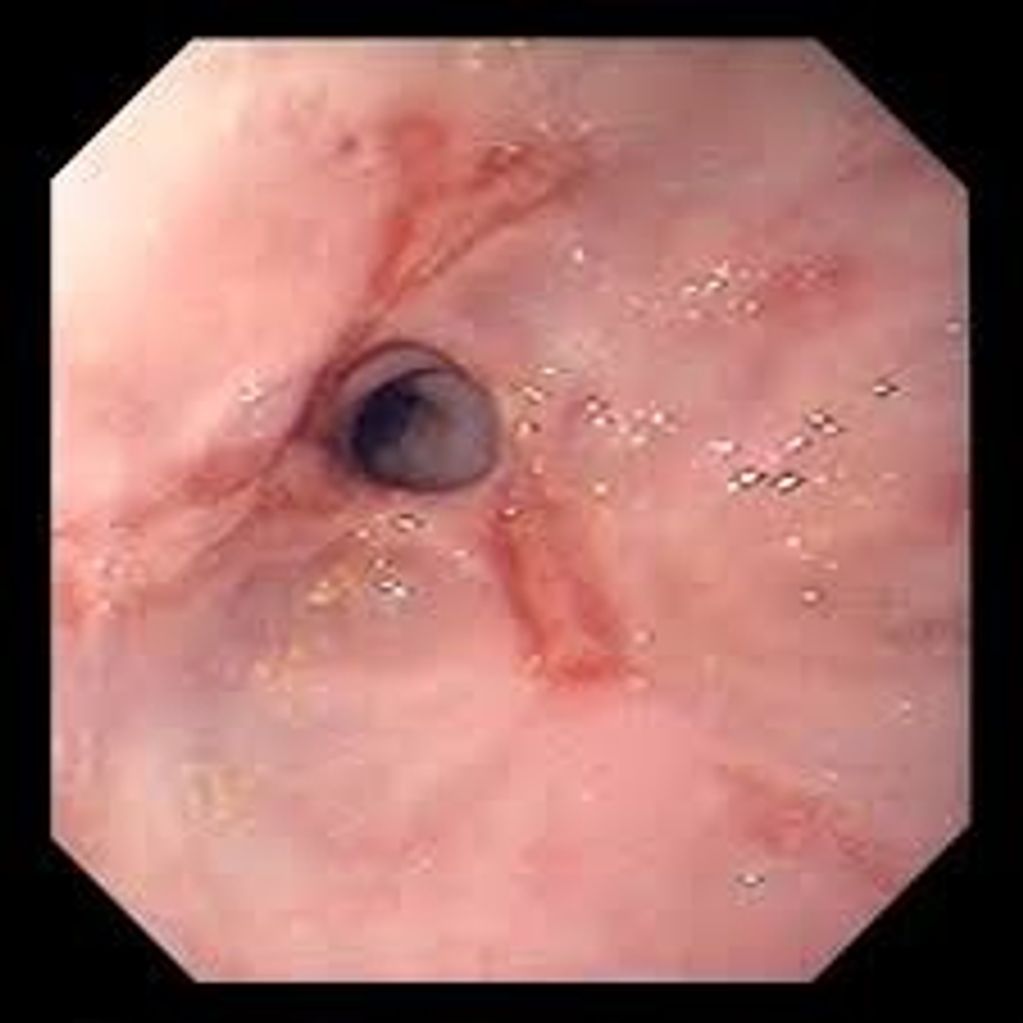Gastroenterology Appointments 732-597-7333
Gastroenterology Appointments 732-597-7333
Gastroenterology Appointments 732-597-7333
Gastroenterology Appointments 732-597-7333

Gastro-Esophageal Reflux Disease (GERD) can present with heartburn symptoms, or atypical symptoms like chest pain, chronic cough, lump in the throat, chronic sinusitis, asthma, and loss of teeth enamel. Damage from GERD called esophagitis can cause difficulty swallowing, blood loss, Barrett's Esophagus, and cancer.

For patients with typical heartburn and regurgitation symptoms, it is important to determine whether tissue damage (esophagitis) is present or not. The proper type of treatment is then determined, An Endoscope which is a long, skinny, flexible camera is used to directly visualize the esophagus. In the endoscopy suite intravenous sedation using propafol is administered by a board certified anesthesiologist before the endoscope is inserted via the mouth to the esophagus, stomach and first part of the small intestine. The patient has no memory of the procedure due to the sedation. The exam generally takes between 5 and 10 minutes and leaves no residual discomfort. The upper GI tract is carefully evaluated and if needed tissue samples can be taken at the same time. Recovery is usually 20 - 30 minutes. Due to the anesthesia, driving is prohibited after the exam for 24 hours, and therefore an accompanying person is needed to drive the patient home.Patients are asked not to eat or drink anything after midnight before the exam.

In patients presenting with atypical symptoms, or in heartburn patients with a negative endoscopy who do not respond to acid reduction medications further testing may be necessary. A 48 hour pH study may be indicated. In the setting of an upper endoscopy, a small acid sensing device is pinned just above the end of the esophagus using the BRAVO system. The device can detect changes in pH and wirelessly transmit the data to a small monitor worn on the belt. The monitor will record the amount of acid that goes up the esophagus from the stomach over a two day period. The pH sensor will fall off on its own and pass through the stool. The monitor is returned to the endoscopy unit and the data is downloaded into a computer. The patient also keeps a log to record meal times and positional changes, as well as symptoms with the time they occur. All this is then correlated to see if there is a relationship between the symptoms and drops in pH (which indicates increased acid)

Typical appearance of normal esophagus, stomach and duodenum

The different grades of reflux esophagitis

Barrett's esophagus. Note the change in color of the lining in the esophagus with the absence of esophageal damage.

A stricture caused by chronic reflux seen in the distal esophagus

Picture of a BRAVO pH sensor capsule pinned to the esophagus. This will eventually fall off on its own. It transmits wireless pH data to a recorder worn on the belt for 48 hours.

A ph tracing obtained from the pH monitor after it is downloaded into a computer. Any drop of pH below 4 signifies an acid reflux event. We measure the percentage of the day the pH remains below 4 to determine the severity of reflux.
We use cookies to analyze website traffic and optimize your website experience. By accepting our use of cookies, your data will be aggregated with all other user data.
Your friendly neighborhood gastroenterologist !! Dr Gorcey
732-597-7333